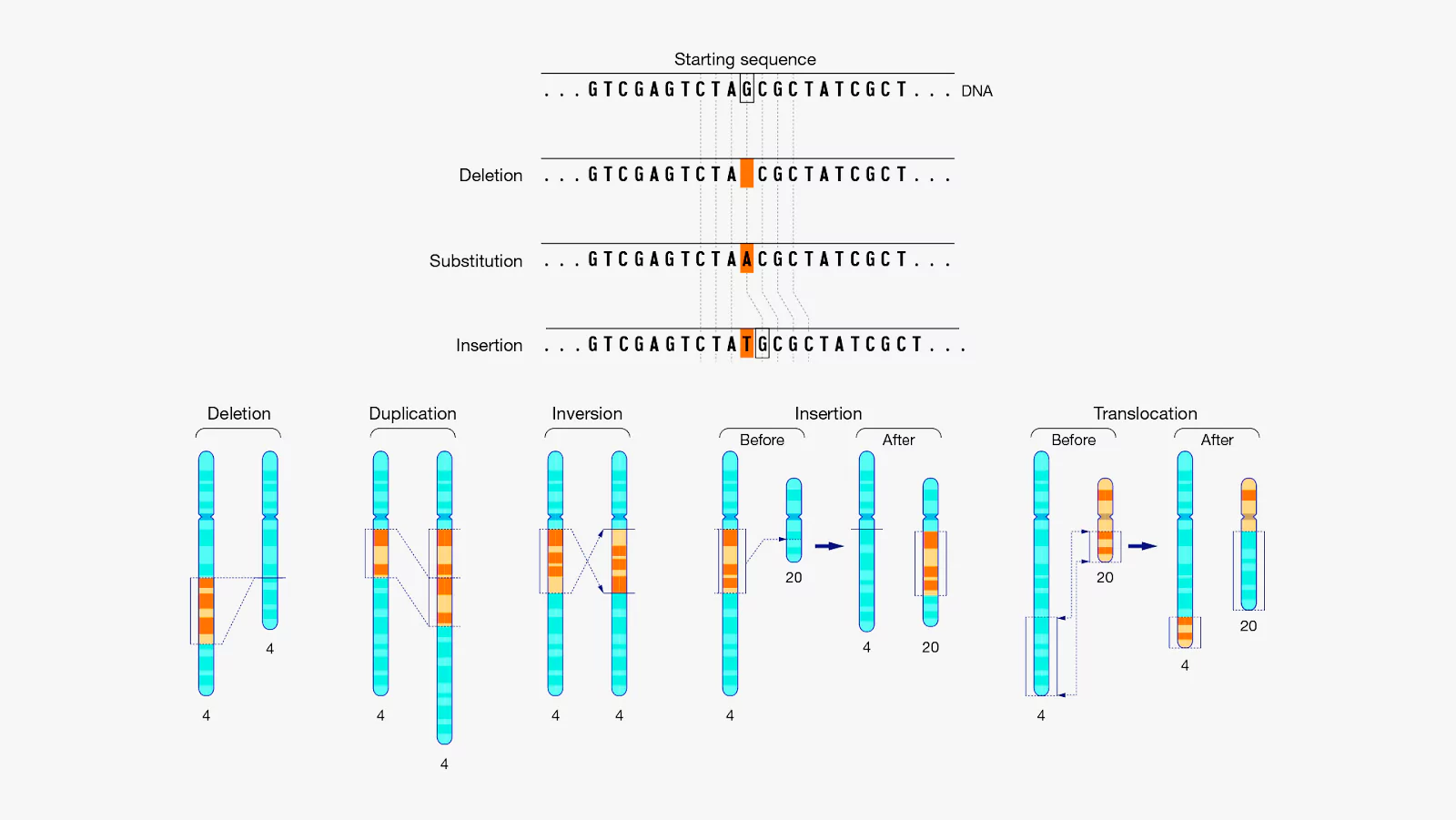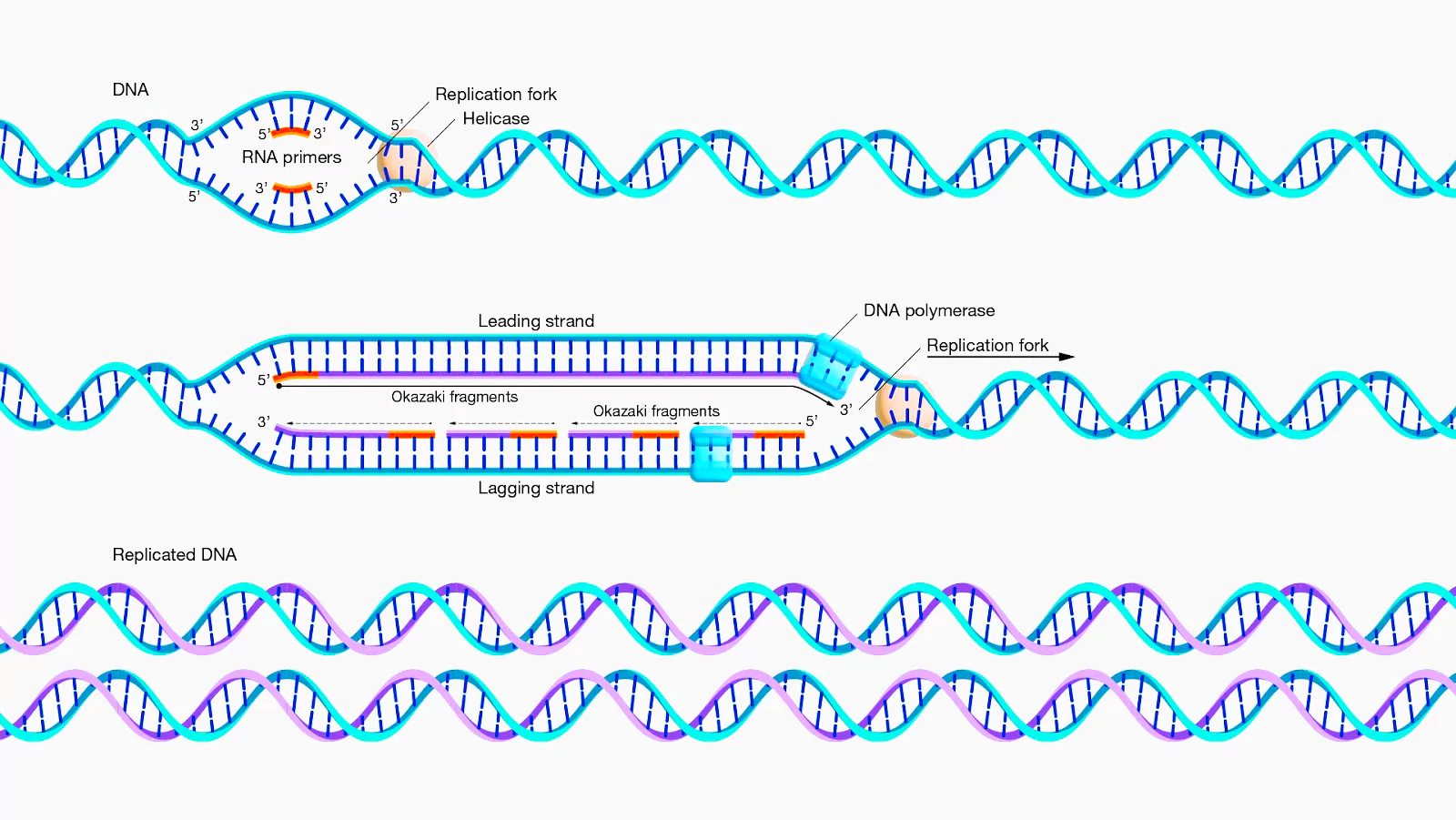Recently, in a research published in the journal Genetics highlights when MCTP2 gene is mutated, the ability to recognise faces is severely impaired.
- MCTP2 gene: It is required for a higher form of visual social cognition in humans.
MCTP2 Gene Mutation
Individuals carrying the mutant gene took much longer than socially acceptable to recognise people with whom they were expected to be familiar
- Recently, the researchers found the same mutation in one family
- By sequencing the genomic DNA, the researchers found that the MCTP2 gene, located in this segment, had been altered by a mutation.
- As a result, one amino acid in the protein encoded by the MCTP2 gene had been replaced by another.
Enroll now for UPSC Online Course
DNA sequencing
- It refers to the general laboratory technique for determining the exact sequence of nucleotides, or bases, in a DNA molecule.
- The sequence of the bases (often referred to by the first letters of their chemical names: A, T, C, and G) encodes the biological information that cells use to develop and operate.
- Establishing the sequence of DNA is key to understanding the function of genes and other parts of the genome.
|
Gene Mutations

A mutation is a change in the DNA sequence of an organism.
- Mutations can result from errors in DNA replication during cell division, exposure to mutagens or a viral infection.
- Germline mutations (that occur in eggs and sperm) can be passed on to offspring, while somatic mutations (that occur in body cells) are not passed on.
Gene Mutations Can Occur Due To A Variety Of Causes
It can be broadly categorised into internal (endogenous) and external (exogenous) factors:Endogenous Factors
- Errors During DNA Replication:
- Mismatched Bases: Sometimes, the wrong base is inserted during DNA replication.
DNA replication
It is the process by which the genome’s DNA is copied in cells. Before a cell divides, it must first copy (or replicate) its entire genome so that each resulting daughter cell ends up with its own complete genome.

|
-
- Slippage: During replication, the DNA polymerase may slip, leading to insertions or deletions.
- Spontaneous Chemical Changes:
- Deamination: The removal of an amino group from a base, e.g., cytosine converting to uracil.
- Depurination: The loss of a purine base (adenine or guanine) from the DNA.
Exogenous Factors Radiation
- Ultraviolet (UV) Light: Causes thymine dimers, where two adjacent thymine bases bond together.
- Ionizing Radiation: Includes X-rays and gamma rays, which can cause double-strand breaks and other serious damage.
- Chemical Mutagens: Chemicals that resemble DNA bases and can be incorporated into DNA, leading to incorrect base pairing.
- Viruses: Some viruses can integrate their DNA into the host genome, causing mutations.
Check Out UPSC CSE Books From PW Store
Lifestyle and Environmental Factors
- Smoking: Tobacco smoke contains many mutagenic chemicals that can cause DNA damage.
- Diet: Certain dietary components can influence mutation rates, either by direct interaction with DNA or through metabolic processes.
- Pollutants: Environmental pollutants such as asbestos, heavy metals, and industrial chemicals can cause mutations.
![]() 2 Jul 2024
2 Jul 2024

